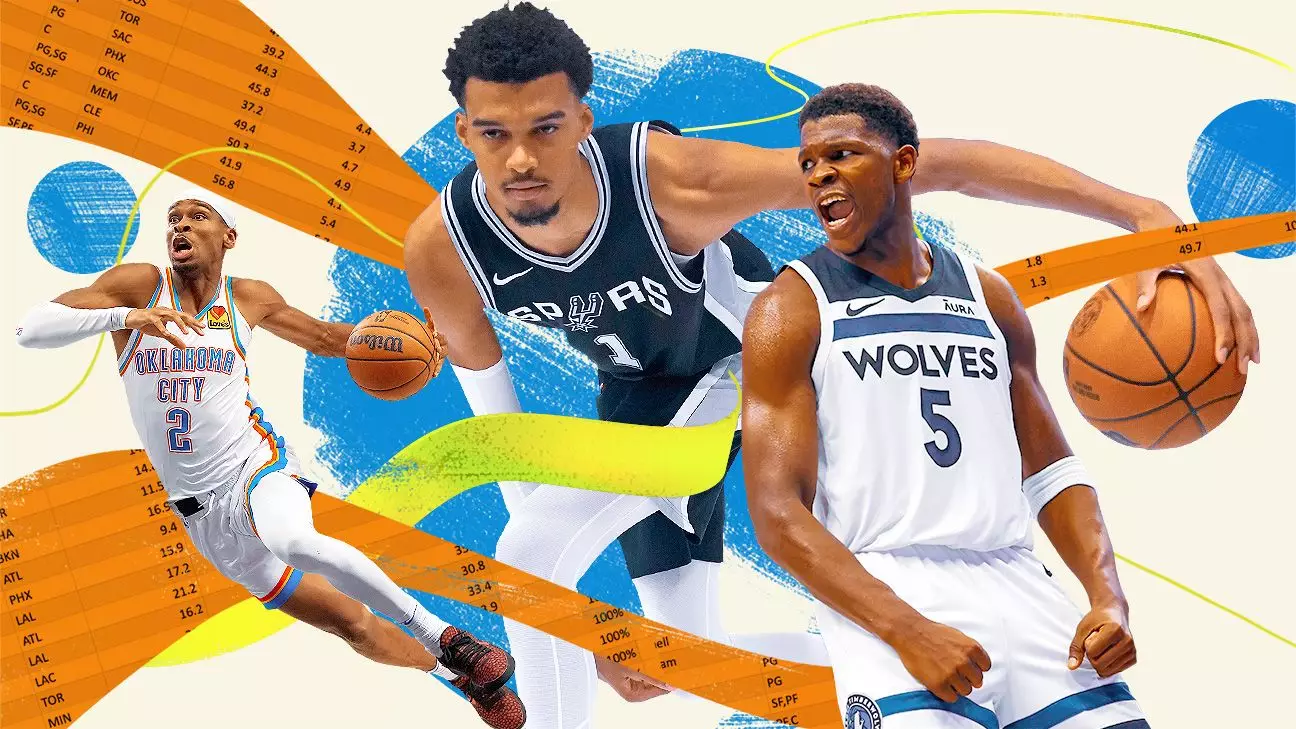Fantasy basketball is not just a game; it’s an art. Navigating the complexities of drafting, trades, and team management requires a deep understanding of player performance, scoring formats, and league settings. Whether you’re a novice exploring this captivating realm or a seasoned player looking to refine your strategy, the 2024-25 ESPN Fantasy Basketball draft guide is the essential resource you need to thrive.
Before diving into player rankings and strategies, it’s crucial to comprehend the differing fantasy basketball scoring systems. Head-to-head (H2H) points leagues reward players based on a straightforward points tally for their various contributions on the court. Conversely, rotisserie (roto) and category leagues evaluate performance based on how players rank across various statistical categories, fostering a distinct set of strategies. Knowing which format your league employs can drastically influence your drafting approach, necessitating a different value assessment of players based on their scoring potential.
A cornerstone of any successful draft is a well-structured player ranking system. André Snellings, an expert in the field, compiles comprehensive rankings tailored for specific scoring systems. His rankings for the top 150 players in H2H points and roto leagues not only highlight star players but also coax dynamics like positional depth into the limelight. For instance, understanding which positions are top-heavy or shallow helps drafters make informed decisions about when to snag high-profile players or wait for emerging talent.
Yet, raw stats don’t tell the whole story. Player profiles should include recent performance trends, injury histories, and potential roles on their respective teams, which can create significant variance in their fantasy utility. This nuanced approach to rankings allows fantasy managers to avoid common pitfalls of relying too heavily on conventional metrics.
Every fantasy draft is rife with opportunities to unearth hidden gems—players who may have been overlooked but are poised for breakout performances. The draft guide shines a spotlight on these sleepers while also identifying potential busts—players who may appear valuable yet are likely to underperform based on historical data or current team dynamics. This aspect becomes critical in drafting as it aids in crafting a diversified team that balances both high-risk and steady players, thereby increasing your chances of accumulating points throughout the season.
Additionally, understanding the landscape of rookies can contribute substantially to your draft strategy. Last season’s top rookies may offer a wealth of potential, but determining which second-year players are ready to realize that potential can provide a competitive reserve for your lineup.
As coffee cups brew and anticipation fills the air on draft day, having a strategic framework can separate the champions from the rest. Key recommendations stem from understanding player average draft positions (ADP), which guide managers in recognizing which players can be obtained at value prices. Players like Nikola Jokic and Victor Wembanyama may command early picks, but being savvy enough to identify strong candidates later in the draft, especially those profiled for breakout campaigns, can enhance the quality of your roster significantly.
Implementing tiered drafting is another effective strategy. By grouping players within each position into tiers, you can navigate fluctuations in your draft while still maintaining roster balance. This way, you aren’t just targeting one elite player; instead, you can pivot and pluck the best available option as the draft unfolds.
Practice might not make perfect, but it certainly makes proficient. Engaging in mock drafts can alleviate some of the inevitable pressure surrounding the real draft day. These simulations provide insight into player ADP trends and allow you to formulate a strategy that includes counter-play to how others might draft. The more familiar you become with drafting under various scenarios, the more successful you’ll be when it counts.
Understanding the nascent trends that develop within fantasy leagues can lead to a competitive edge. Some leagues may trend towards selecting more big-name players early on, while others gravitate toward up-and-coming talent. Whether opting for cap leagues or creating leagues with friends, familiarity with the rules can significantly affect how you devise your draft tactics.
In addition, comprehending salary cap drafts can provide new dimensions to your existing strategy. Allocating funds wisely to build a diverse and capable roster can often yield an overlooked area of competitor advantage.
Competing successfully in fantasy basketball requires a perfect marriage of knowledge, strategy, and adaptability. By leveraging resources like the ESPN Fantasy Basketball draft guide, understanding the nuances of scoring settings, and employing innovative strategies, you position yourself to ascend through the ranks. Embrace the art of drafting with both creativity and critical thinking, and watch as your fantasy basketball journey unfolds spectacularly this season.


Napsat komentář